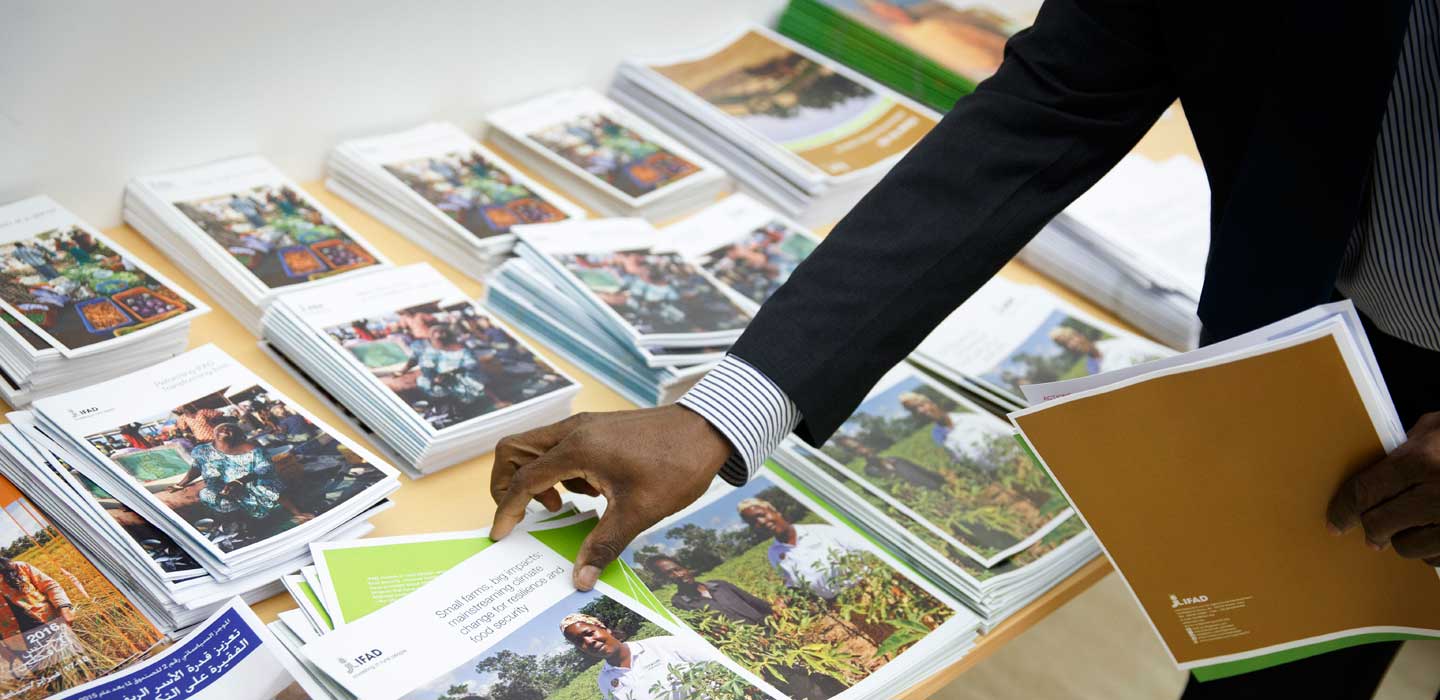Fiches d'information

Fiches d'informations
Menu Affichage
Search Results Filters
Résultats de recherche
Project to Support Food Security in the Region of Maradi (PASADEM)
juin 2015
The project objective is to improve food and nutrition security of rural people
around 5 centers of economic development (Tessaoua, Tchadoua, Sabon Machi,
Guidan Roumdji and Djirataoua) in 18 communes in the Maradi region.
around 5 centers of economic development (Tessaoua, Tchadoua, Sabon Machi,
Guidan Roumdji and Djirataoua) in 18 communes in the Maradi region.
GEF Niger factsheet
juin 2015
The project objective is to improve food and nutrition security of rural people around 5 centers of economic development (Tessaoua, Tchadoua, Sabon Machi, Guidan Roumdji and Djirataoua) in 18 communes in the Maradi region.
Participatory Coastal Zone Restoration and Sustainable Management in the Eastern Province of Post-Tsunami Sri Lanka
juin 2015
The project design focuses on overcoming three key barriers to the restoration of coastal ecosystems: i) the gap in technical knowledge for low-cost restoration methods; ii) low priority assigned to environmental issues during the tsunami relief and reconstruction programme; and iii) continuation of ecosystem and land degradation processes.
Enhancing Resilience of Agriculture Sector in Georgia (ERASIG)
juin 2015
The project aims to demonstrate the adaptation potential of climate-resilient crop production systems and technologies – especially efficient irrigation technologies and conservation agriculture – combined with the rehabilitation and climateproofing of irrigation schemes and value chain infrastructures (e.g. improved storage and processing facilities, and greenhouses) in ten selected crop value chains.
PARM Result Factsheet May 2015
mai 2015
Depuis son lancement en décembre 2013, PARM oeuvre en faveur d'une meilleure gestion des risques agricoles (GRA) dans les pays en développement, condition essentielle de l’amélioration des moyens d’existence des agriculteurs.
ASAP Chad factsheet
mai 2015
Climate change is exacerbating natural resource degradation and reducing the potential of productive lands. For example, rural farmers have to contend with climate shocks such as drought, rainfall deficits, floods and locust invasions. These shocks are reducing yields and making the cropping seasons hard to predict for traditional farmers. Traditional resilience strategies are no longer as effective as they were and the lean season is becoming more challenging to smallholder farmers.
ASAP Lesotho factsheet
mai 2015
Lesotho ranks 158 out of 186 in the UNDP Human Development Index. Poverty is rife, and it is concentrated in the rural areas of the country, with the greatest incidence in the mountain areas. Lesotho's rural economy is dominated by livestock production. Lesotho's chief export is directly related to this livestock, that of wool and mohair production. Lesotho is the second largest global producer of mohair, and this counts towards a large percentage of the country 's Gross Domestic Product (GDP).
Only high quality wool and mohair can be exported, and this is dependent on the quality and health of the livestock. The main factor in raising high quality livestock is maintaining healthy rangelands.
Only high quality wool and mohair can be exported, and this is dependent on the quality and health of the livestock. The main factor in raising high quality livestock is maintaining healthy rangelands.
Investing in rural people in Cuba
avril 2015
IFAD recently resumed operations in Cuba after more than 20 years. The official launch of the Cooperative Rural Development Project in the Oriental Region (PRODECOR) took place on 30 October 2014.
Given the challenges the agricultural sector faces, IFAD is in a position to serve as one of the country’s strategic partners, contributing to the ongoing modernization process.
Cooperatives in Cuba are key actors in ensuring food security, as they represent 80 per cent of the country’s agricultural production. The Government of Cuba has expressed interest in re-establishing the partnership with IFAD with a view to modernizing agriculture.
This will be achieved mainly through developing non-state smallholder farmer business cooperatives. In this respect, IFAD is well placed to provide technical assistance through its projects to increase the physical, human, social and environmental assets of cooperatives.
Given the challenges the agricultural sector faces, IFAD is in a position to serve as one of the country’s strategic partners, contributing to the ongoing modernization process.
Cooperatives in Cuba are key actors in ensuring food security, as they represent 80 per cent of the country’s agricultural production. The Government of Cuba has expressed interest in re-establishing the partnership with IFAD with a view to modernizing agriculture.
This will be achieved mainly through developing non-state smallholder farmer business cooperatives. In this respect, IFAD is well placed to provide technical assistance through its projects to increase the physical, human, social and environmental assets of cooperatives.
Dossier: Égalité Des Sexes Et Développement Rural. Afrique de l’Ouest et du Centre
mars 2015
Trois quarts des personnes pauvres de la région Afrique de l’Ouest et du Centre − environ 90 millions de personnes − vivent dans des zones rurales et dépendent de l’agriculture. Plus de 60% de la population active travaille dans le secteur agricole et la part des femmes ne cesse d’augmenter. Elle est globalement estimée à 70% dans la région et s’élève à 89% dans les pays de la zone sahélienne. Sur le plan sociopolitique, l’Afrique de l’Ouest et du Centre est une région encore très fragile. Elle compte la plus forte concentration d’États appuyés par le FIDA. En dépit de cette fragilité et de la pauvreté qui frappe plus de la moitié de la population, presque tous les pays de la région ont enregistré des progrès considérables au cours de cette dernière décennie, notamment en matière d’éducation, de santé et de redistribution des revenus